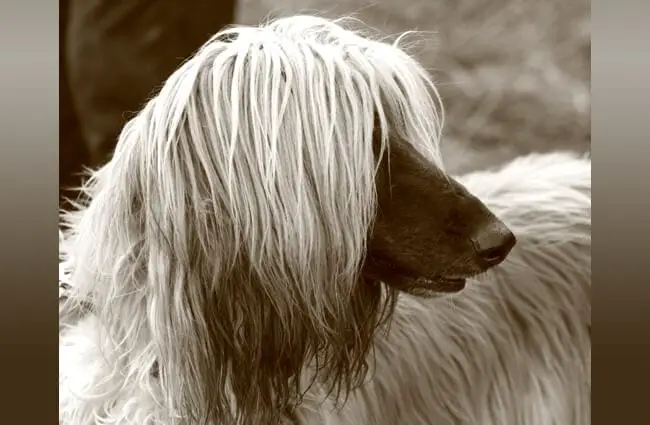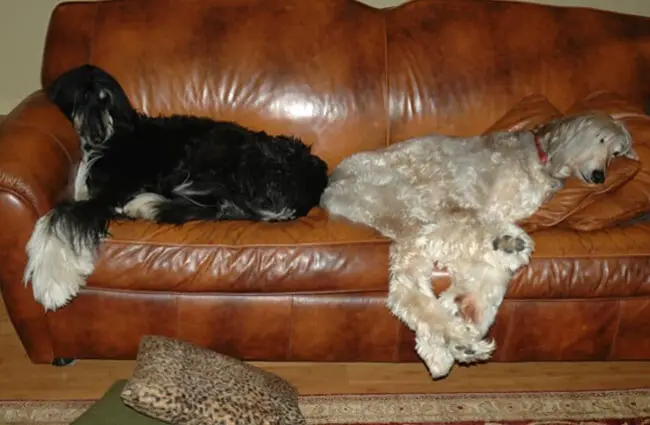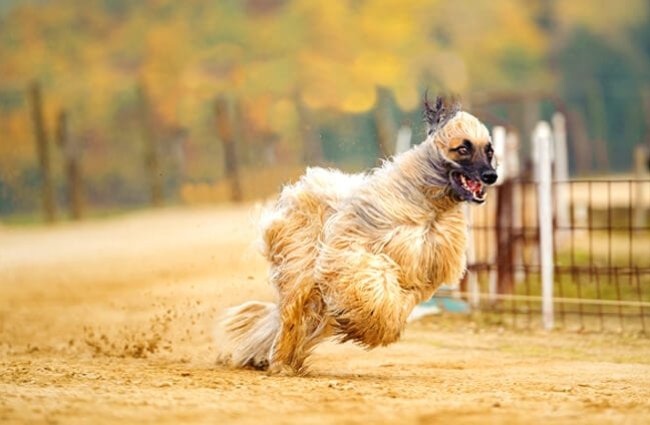An Introduction to the Regal Afghan Hound
The Afghan Hound is a breed of breathtaking beauty and ancient lineage that consistently captivates dog lovers worldwide. Known for its luxurious, flowing coat and independent spirit, this breed is far more than just a pretty face. Beneath the glamour lies a history steeped in mystique, a complex temperament, and a unique set of needs that prospective owners must fully understand.

A History Forged in Mountains
The origins of the Afghan Hound can be traced back thousands of years to the rugged mountains of Afghanistan, from which the breed derives its name. These dogs were not merely companions; they served as hunters of game such as gazelles, hares, and small ungulates for nomadic tribes. Their thick coats protected them against harsh climates, while their agility and stamina enabled them to navigate treacherous terrain. They were prized possessions, closely guarded, and rarely seen outside their native land until the nineteenth century.
British officers returning from the Anglo‑Afghan Wars brought these magnificent hounds to England, where they quickly gained popularity among the aristocracy. Adapting to a more sedentary lifestyle proved challenging, and breeders worked diligently to refine the breed’s temperament and conformation while preserving its unique qualities. The Afghan Hound gained official recognition by the Kennel Club in 1925 and has since become a beloved show dog and companion throughout the world.
Physical Characteristics
The Afghan Hound is a distinctly sized breed. Mature males typically stand between 27 and 29 inches tall at the shoulder, while females reach 25 to 27 inches. Weight generally ranges from 50 to 60 pounds, although some individuals may be larger. The breed’s most striking feature is undoubtedly its long, silky coat, which requires considerable maintenance. Colors include black, cream, red, and various shades of silver, often with a darker facial mask.

Coat and Grooming
That glorious coat is more than just for show. It served a practical purpose in the Afghan mountains, shielding the dog from intense sun and frigid cold. Today, maintaining it requires a significant commitment. Daily brushing is essential to prevent matting and tangles, and professional grooming is recommended every few weeks. Without regular care, the coat can become tangled and may cause skin problems. It is a labor of love, but one that is crucial for the dog’s health and comfort.
Temperament and Behavior
The Afghan Hound possesses a complex and often misunderstood temperament. They are known for being independent, aloof, and sometimes catlike in their demeanor. This stems from their history as independent hunters who had to make their own decisions in the field. They are not typically overly affectionate or demonstrative, but they form strong bonds with their families. Early socialization is crucial to help them become well adjusted and to prevent shyness or aggression toward strangers.

Training Challenges
Training an Afghan Hound can be a test of patience. They are intelligent, but they are not always eager to please. Positive reinforcement methods, such as rewarding desired behaviors with treats and praise, are far more effective than harsh corrections. Consistency is key, and short, engaging training sessions work best. They can be easily distracted, so a quiet environment is essential. Because of their independent nature, recall training should be particularly thorough, and they should always be kept on a leash or in a securely fenced area.
Exercise Needs
Despite their elegant appearance, Afghan Hounds are athletic dogs that require regular exercise. Daily walks, runs, or playtime in a fenced yard are essential to keep them physically and mentally stimulated. They enjoy opportunities to use their natural hunting instincts, such as scent work or lure coursing. They are not marathon runners; moderate exercise is usually sufficient. Because of their sensitive nature, it is important to provide a calm and peaceful environment, especially during and after exercise.
Living with an Afghan Hound
Suitable Environment
The Afghan Hound is not well suited to all lifestyles. They thrive in homes with spacious yards where they can run and play. They are sensitive to both heat and cold, so access to a climate‑controlled environment is important. They can be relatively quiet indoors, but their luxurious coat sheds and requires frequent cleaning. Because they are sight hounds, they have a strong prey drive and may chase small animals, so caution is advised around cats, rabbits, and other pets.

Health Considerations
Like all breeds, Afghan Hounds are prone to certain health problems. These include hip dysplasia, a genetic condition that can cause arthritis; progressive retinal atrophy, an eye disease that can lead to blindness; and heart disease, such as mitral valve disease. Responsible breeders screen their dogs for these conditions, so it is important to choose a reputable source when acquiring an Afghan Hound. Regular veterinary checkups and a healthy diet are also essential for maintaining optimal health.
Fun Facts and Unique Traits
Beyond their stunning appearance and complex temperament, Afghan Hounds possess a number of fascinating traits. Their distinctive curled tail isn’t just for show; it helped them stay warm in the cold mountain air. They have an incredible sense of smell, which they used to track game over long distances. And despite their aloof demeanor, they can be surprisingly playful and affectionate with their families. They have been featured in numerous films and television shows, further cementing their status as an iconic breed.

Is an Afghan Hound Right for You?
The Afghan Hound is a magnificent breed, but it is not for everyone. They require a significant commitment of time, energy, and resources. Prospective owners should be prepared to provide regular grooming, exercise, training, and veterinary care. They also need to be patient, understanding, and willing to accept the breed’s independent nature. If you are looking for a cuddly, eager‑to‑please companion, an Afghan Hound may not be the right choice. But if you are looking for a regal, intelligent, and captivating partner, you may have found your perfect match.






![Red Angus Closeup of a beautiful Red Angus cowPhoto by: U.S. Department of Agriculture [pubic domain]https://creativecommons.org/licenses/by/2.0/](https://animals.net/wp-content/uploads/2020/03/Red-Angus-4-100x75.jpg)

